Life
Sign up for our newsletter
We summarize the week's scientific breakthroughs every Thursday.
-
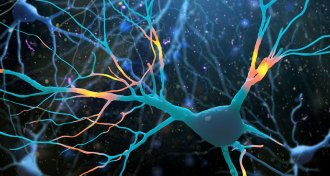 Health & Medicine
Health & MedicineKetamine cultivates new nerve cell connections in mice
In mice, ketamine prods nerve cells to connect, which may explain the hallucinogenic drug’s ability to ease depression.
-
 Climate
ClimateClimate change made the Arctic greener. Now parts of it are turning brown.
Arctic browning could have far-reaching consequences for people and wildlife, affecting habitat and atmospheric carbon uptake as well as increasing wildfire risk.
By Hannah Hoag -
 Neuroscience
NeuroscienceOur brains sculpt each other. So why do we study them in isolation?
Studying individual brains may not be the way to figure out the human mind, a social neuroscientist argues.
-
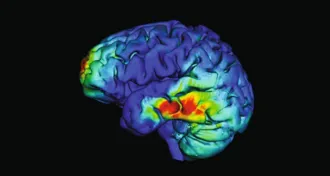 Health & Medicine
Health & MedicineWhen an older person’s brain waves are in sync, memory is boosted
A brain stimulation treatment that nudges older people’s brain waves into sync could lead to noninvasive therapies for dementia and other disorders.
-
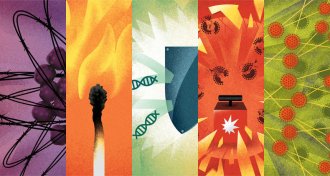 Genetics
GeneticsHere are 5 RNAs that are stepping out of DNA’s shadow
RNAs do a lot more than act as middlemen for protein building. Here are a few of the ways they affect your health and disease.
-
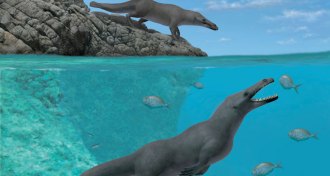 Paleontology
PaleontologyPeruvian fossils yield a four-legged otterlike whale with hooves
A newly discovered species of ancient whale unearthed in Peru split time between land and sea.
-
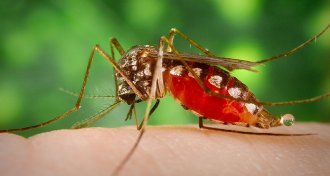 Health & Medicine
Health & MedicineTesting mosquito pee could help track the spread of diseases
A new way to monitor the viruses that wild mosquitoes are spreading passes its first outdoor test.
By Susan Milius -
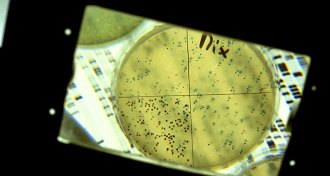 Life
Life50 years ago, scientists were unlocking the secrets of bacteria-infecting viruses
In 1969, a bacteria-infecting virus held promise for unlocking the secrets of viral replication. Fifty years later, the virus is a versatile tool for scientists.
-
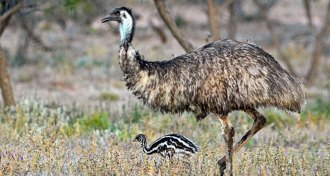 Life
LifeHow emus and ostriches lost the ability to fly
Changes in regulatory DNA, rather than mutations to genes themselves, grounded some birds, a study finds.
-
 Animals
AnimalsCats recognize their own names
A new study suggests that cats can tell their names apart from other spoken words.
-
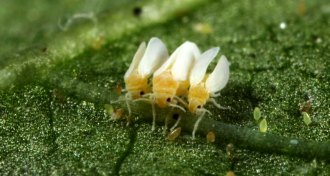 Plants
PlantsA major crop pest can make tomato plants lie to their neighbors
Insects called silverleaf whiteflies exploit tomatoes’ ability to detect damage caused to nearby plants.
By Susan Milius -
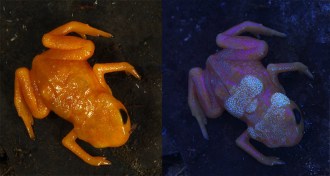 Animals
AnimalsTiny pumpkin toadlets have glowing bony plates on their backs
Pumpkin toadlets are the first frogs found to have fluorescent bony plates that are visible through their skin under ultraviolet light.
By Jeremy Rehm